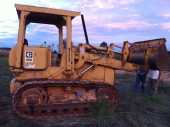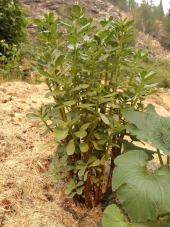








The ultimate goal of farming is not the growing of crops, but the cultivation and perfection of human beings. - Masanobu Fukuoka








"To oppose something is to maintain it" -- Ursula LeGuin




Anyway, do you think this situation is actually toxic? Is eating from around the driveway just a bad idea regardless of the specifics? That's what I was really trying to determine. I am hesitant to waste such a gift, but of course I want to avoid actual harm.




Seed the Mind, Harvest Ideas.
http://farmwhisperer.com




Help support my homestead by checking out the "Health and Garden/ The Essential Herbal Magazine" on our blog: www.MissouriHerbs.com












1. my projects











|
What's her name? You know. The fish girl. Ariel? She has a tiny ad.
Switching from electric heat to a rocket mass heater reduces your carbon footprint as much as parking 7 cars
http://woodheat.net
|




